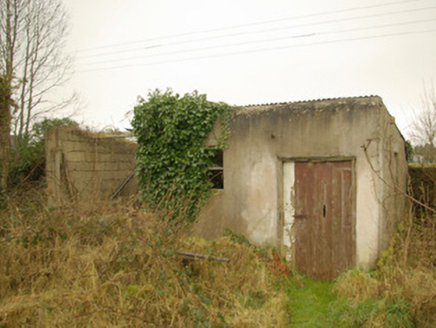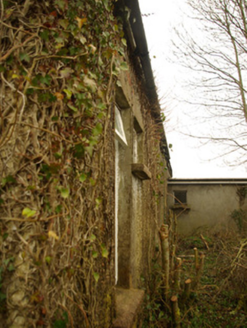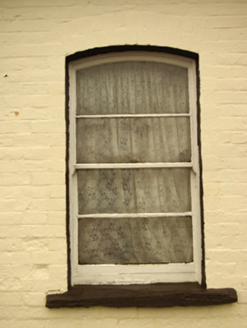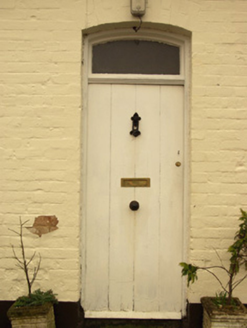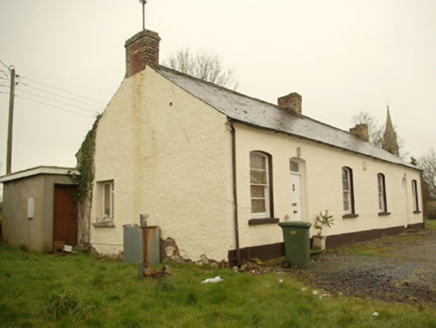Survey Data
Reg No
40839019
Rating
Regional
Categories of Special Interest
Architectural, Social
Original Use
Worker's house
In Use As
House
Date
1870 - 1900
Coordinates
219797, 393101
Date Recorded
01/04/2008
Date Updated
--/--/--
Description
Attached pair of semi-detached houses or former worker's houses, built c. 1885, having single-storey single-bay flat-roofed extension to south-east corner. Pitched natural slate roof with grey clay ridge tiles, cast-iron rainwater-goods, and with three yellow and red brick chimneystacks (one to either gable end and one to the centre). Painted brick walls (running bond) to front elevation over smooth rendered plinth course; roughcast rendered walls to rear (south) and to the side elevation (west and east). Segmental-headed window openings with smooth rendered reveals, painted brick relieving arches, stone sills, and with two-over-two pane timber sliding sash windows with horizontal glazing bars. Segmental-headed door openings, offset to the outer bays to both buildings, having smooth rendered reveals, painted brick relieving arches, timber panelled doors and glazed overlights. Set back from road adjacent to Church of Ireland church (see 40839020) to the centre of Crossroads and to the south-west of Killygordon. Single-storey outbuilding to the south-west.
Appraisal
This simple pair of semi-detached small-scale houses, of late nineteenth-century appearance, retain much of their original form and character. Their visual expression and integrity is enhanced by the retention of much of their original fabric including natural slate roofs, battened timber doors, and timber sliding sash windows with distinctive horizontal glazing bars. These buildings are constructed of brick, which is an unusual building material in the area. The form of these buildings suggests that they may have been built as worker’s houses (unknown process) or as local authority houses, and they are of a type that is much more regularly encountered in the streetscapes of the larger Irish towns and villages, and is an unusual occurrence in such a rural location. These simple buildings make a positive contribution to the streetscape, and are additions to the built heritage of the local area.
